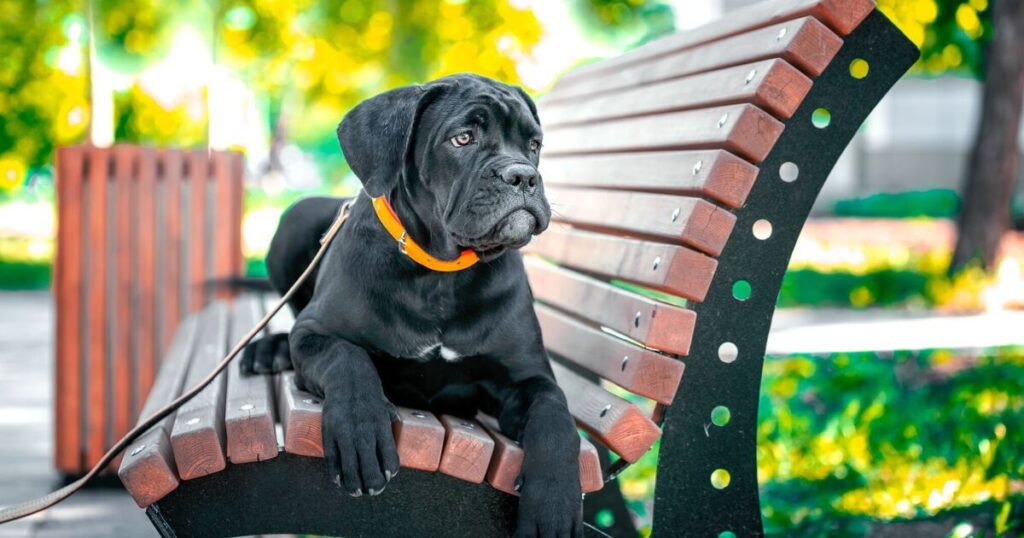
Early last year, it became a criminal offence to own or possess an XL Bully dog in England and Wales without a valid Certificate of Exemption as they were added under the Dangerous Dogs Act 1991. More recently, concerns began mounting as Cane Corso dogs were rumoured to be the next breed joining the list.
Seeking clarification on the matter, Conservative MP Gregory Stafford questioned the Secretary of State for Environment, Food and Rural Affairs. He asked: « If she will make an assessment of the potential merits of bringing forward legislative proposals to prohibit cane corso dogs under the Dangerous Dogs Act 1991. » Dame Angela Eagle has now confirmed in a written statement that there are no plans to add this breed to the Dangerous Dogs Act.
However, there are still regulations that cane corso owners must follow. She stated: « The Government currently have no plans to add these breed types to Section 1 of the Dangerous Dogs Act 1991.
Owners of any breed of dog which is dangerously out of control are breaking the law. « We will continue to encourage responsible dog ownership across all breeds of dog and to consider whether the current dog control rules are sufficient to ensure communities are protected. »
Under the Dangerous Dogs Act, it is illegal to have the banned breeds of dogs in a public place without a muzzle and lead. It’s also illegal to breed, sell, exchange, gift or abandon these dogs.
Currently, the legislation covers any dogs classified as:
- Japanese tosa
- Bred for fighting or having the characteristic of this
Even if a dog doesn’t fall into these breeds or types, the Secretary of State can impose an order if it’s believed the animal poses a serious danger to the public. Under the act it is also an offence for owners to allow their dogs to be « dangerously out of control » and if the dog is so out of control that it injures someone, it can count as an aggravated offence.
Cane corsos can be large, powerful dogs weighing up to 50kg. The breed has been around for centuries and is thought to be descendants of a Roman war dog which was also used on farms as protective guard dogs according to PDSA.
The dogs also often fall victim to tail docking and ear cropping, both of which are illegal in the UK and must be reported to the RSPCA if discovered. Overall though, it is a relatively uncommon dog breed in the UK. These large dogs tend to be quite active and firm training from a young age is vital.
Due to their size, the PDSA notes that they’re better suited to experienced dog owners and can enjoy training as they have been bred to work alongside humans.
